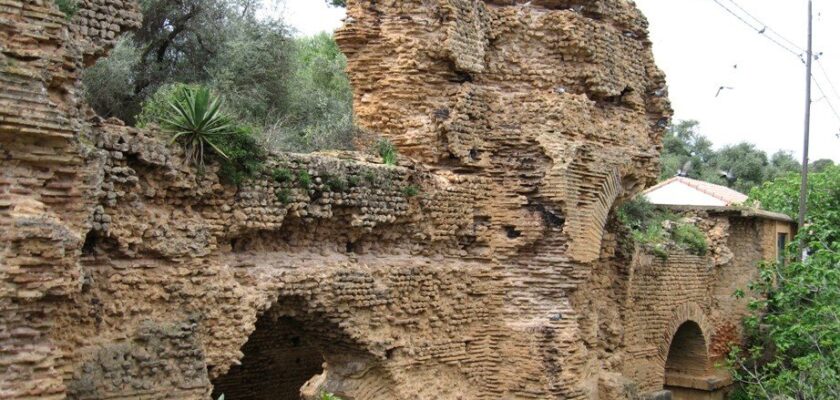Ancient city of Tipaza
Tipaza is an ancient city located in Algeria, 68 kilometers west of the capital. The city is notable for having one of the most unusual archaeological complexes. The ruins of the ancient city are a UNESCO World Heritage Site as “exceptional evidence of a vanished civilization”. Travelers from all over the world come to Tipaza to enjoy sandy beaches, picturesque mountainous landscapes and ancient ruins – evidence of Phoenician, ancient Roman, early Christian, Byzantine, and Moorish history.
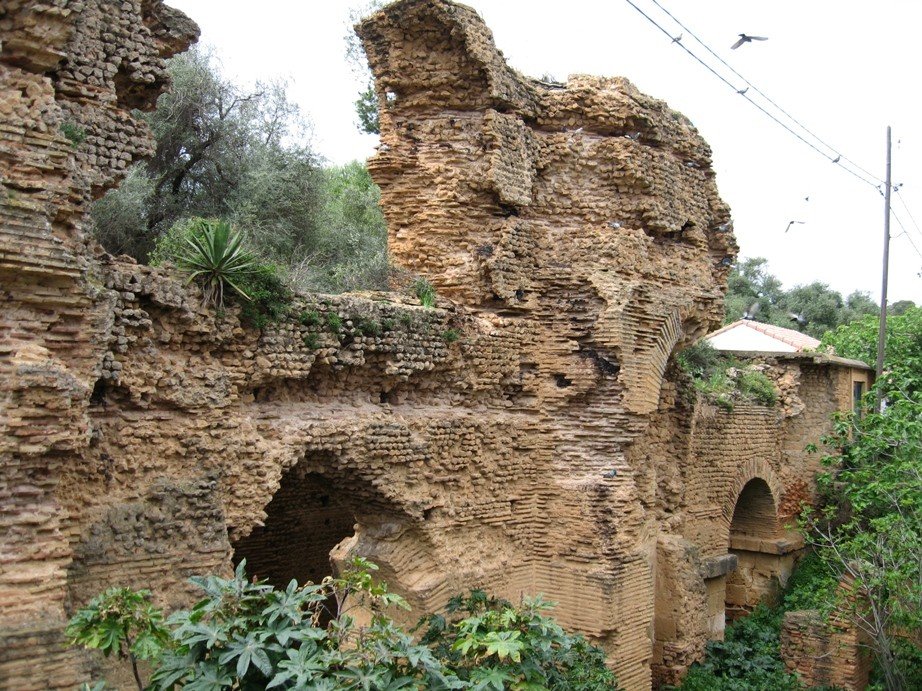
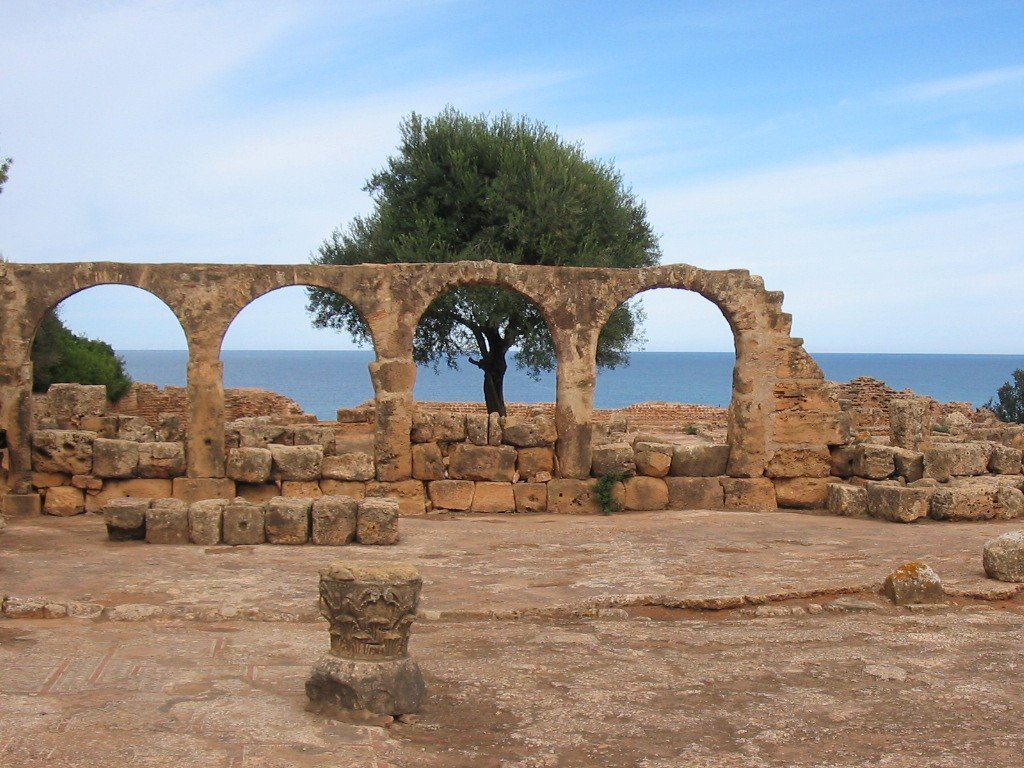
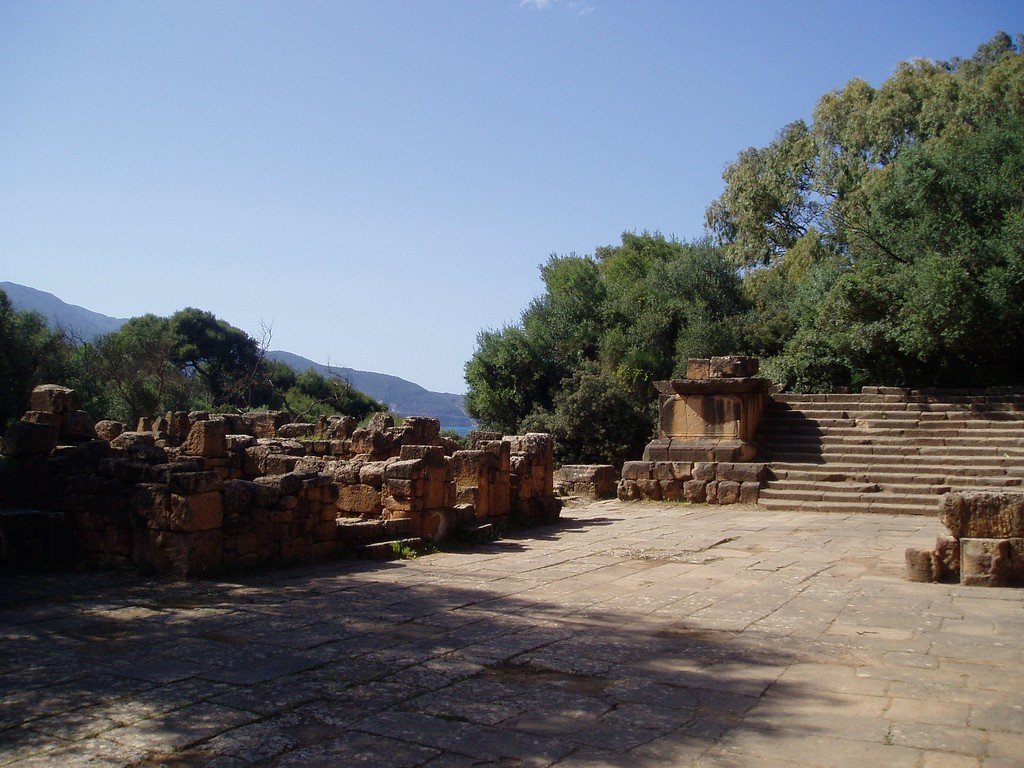
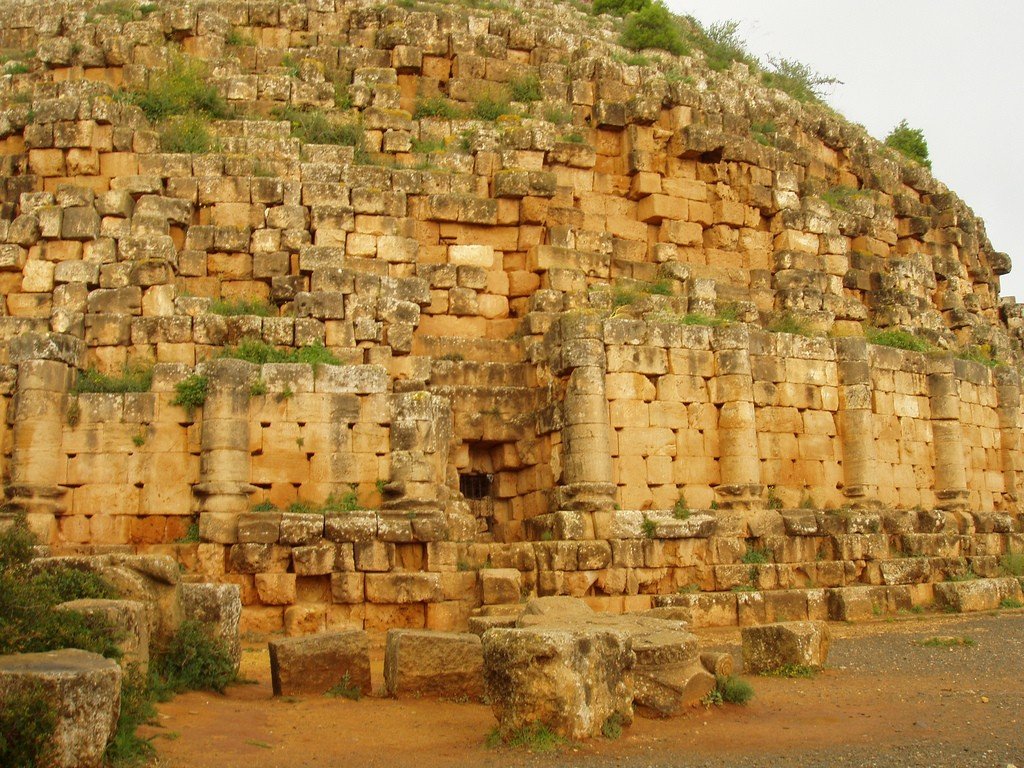
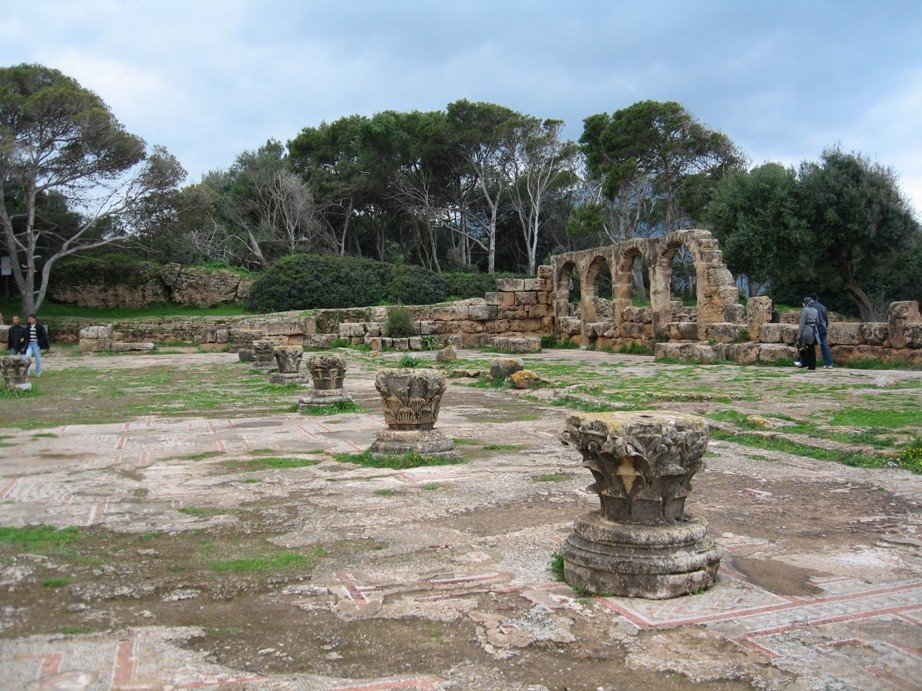
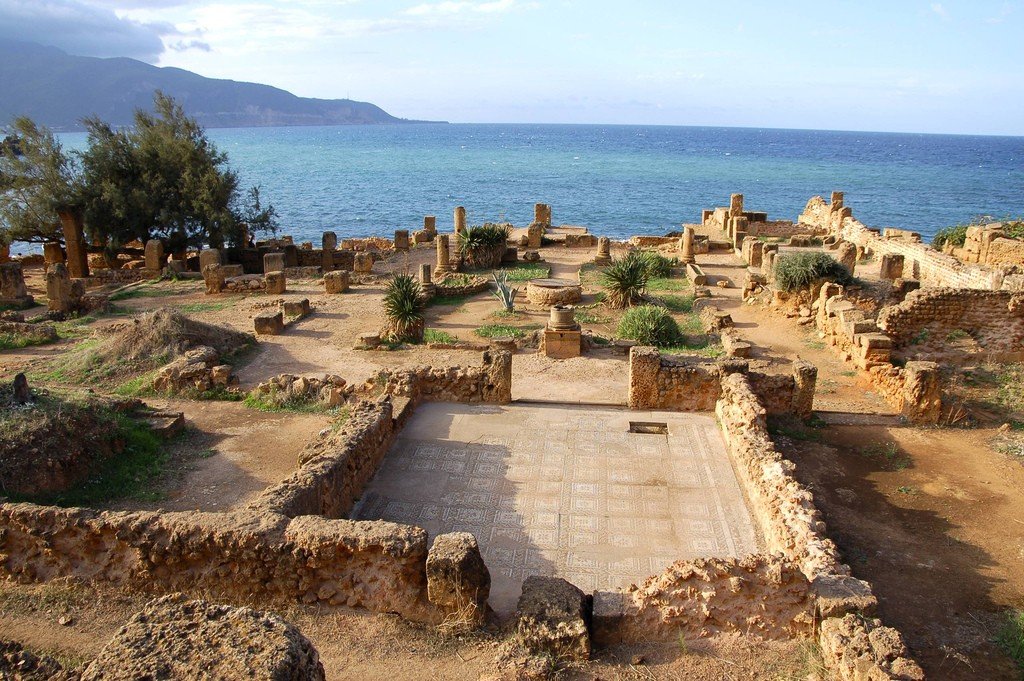
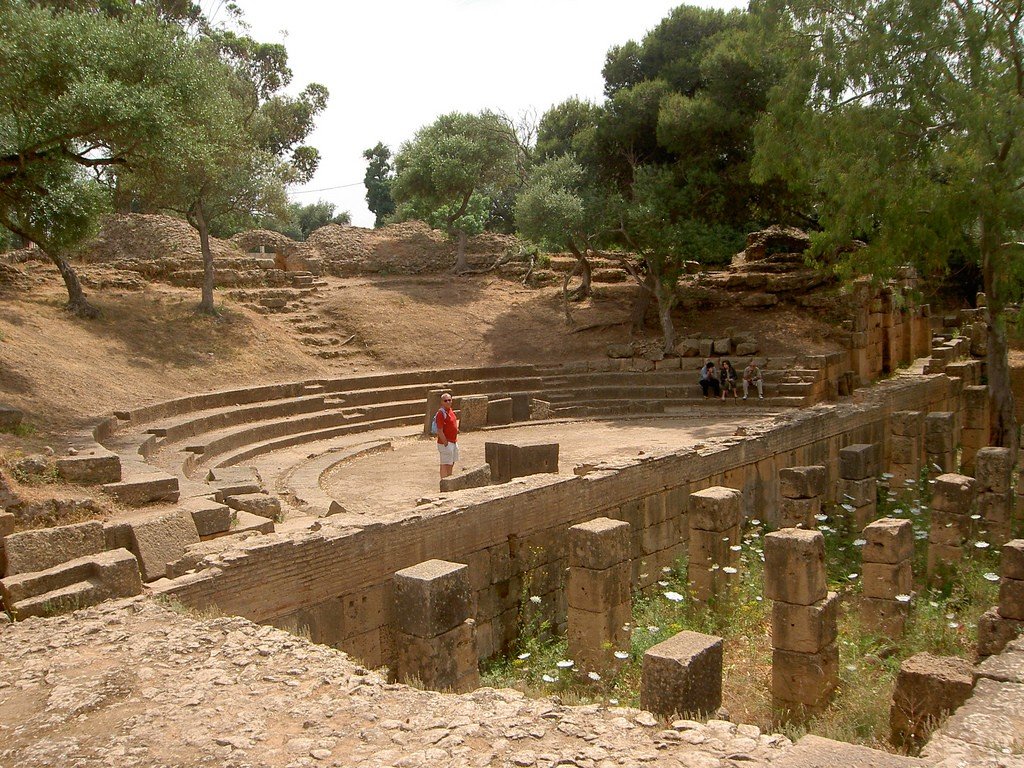
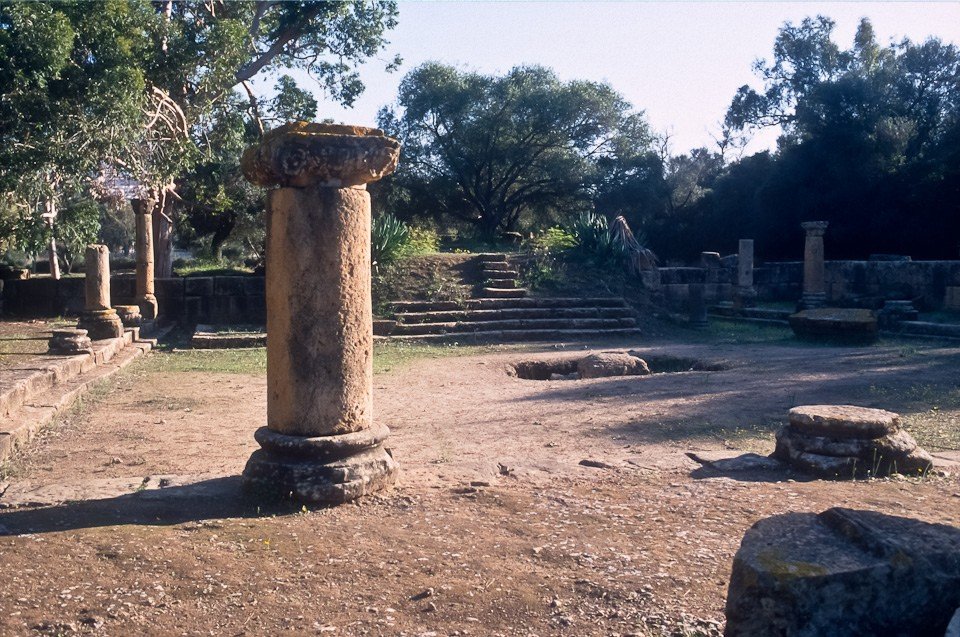
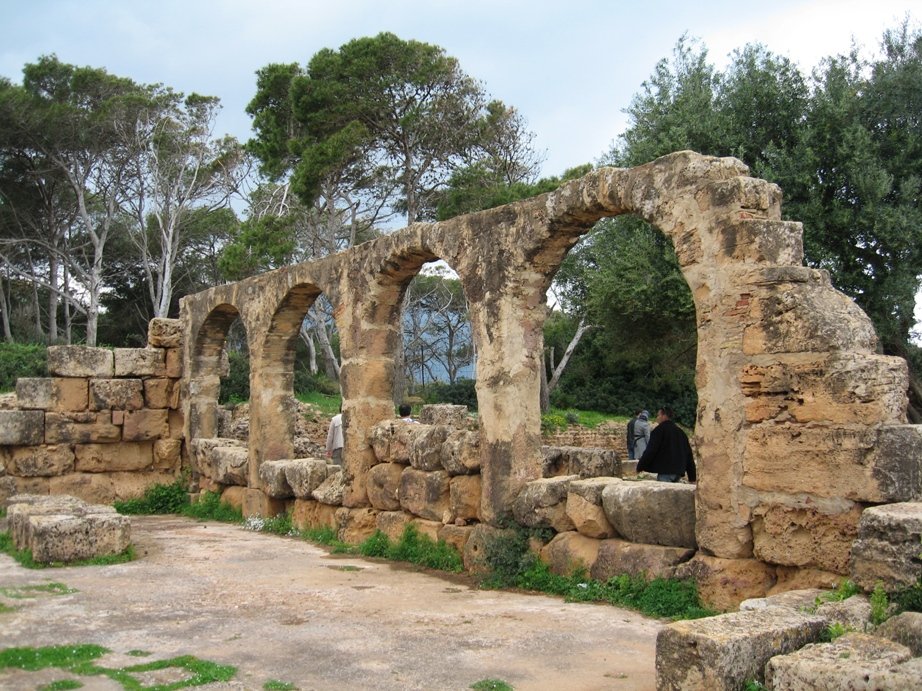
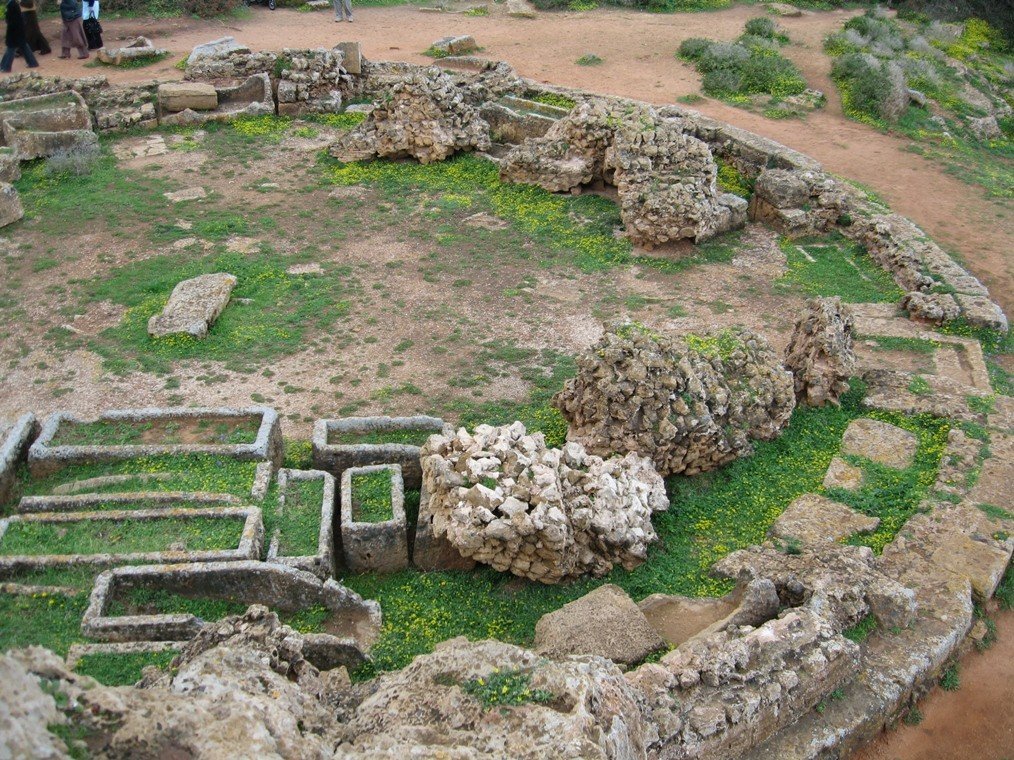
History
Tipaza was founded by the Phoenicians and was a Phoenician outpost from the 6th century BC. The ancient city was built on 3 hills near the sea and had an important strategic importance. The name of the city, Tipaza, means “passing through” or “stopping”. In 46 AD, the Roman Emperor Claudius conquered Mauretania and granted Latin rights to Tipaza. Over the next 150 years, Tipaza became a colony of Rome, like most Mediterranean cities. At that time, numerous villas, a forum, a theater, a basilica that served as a courthouse, and a capitol could be found within the city. Tipaza was also surrounded by a fortress wall 2,200 meters long.
. Christianity gradually spread in the city, but the majority of the population had difficulty accepting this religion. According to legend, in the 4th century, the Christian maiden Salsa threw the head of a pagan snake idol into the sea. Afterward, angry people stoned her to death. Her body, which miraculously survived the sea, was found and burned in a chapel on a hill near the harbor. A basilica was later built on this site. Many other temples were also built on the territory of Tipaza, which became important centers of pilgrimage. But the city was haunted by setbacks, from which neither the fortress wall nor the temples and basilicas saved it. Tipaza was destroyed by the Vandals, and in 484 the Vandal king Hunerich sent an Arian bishop to Tipaza, after which a large number of the population moved to Spain, and the remainder were cruelly persecuted..In the 6th century, Tipaza managed to revive during the Byzantine occupation. The Arabs who arrived in the city gave it the name Tefassed, which means “badly destroyed” in Arabic. The first archaeological excavations were not started here until the 19th century..Tourists
By now there are no traces of Roman houses, most of which were located on the central hill, but you can see the ruins of three churches – the Great Basilica, the Basilica of Alexander and the Basilica of St. Salsa, 2 cemeteries, baths, a theater, an amphitheater and a nymphaeum. The basilicas are surrounded by cemeteries whose coffins are made of stone and covered with mosaics. The Basilica of St. Salsa, excavated by Stefan Gjell, consists of a nave and two aisles, and has preserved antique mosaics. The site of the Great Basilica was a quarry for several centuries, but nevertheless its plan of seven aisles stands out. Beneath the base of the church are burial chambers cut out of solid stone. One of them has a circular shape with a diameter of 18 m and contains 24 coffins.
.